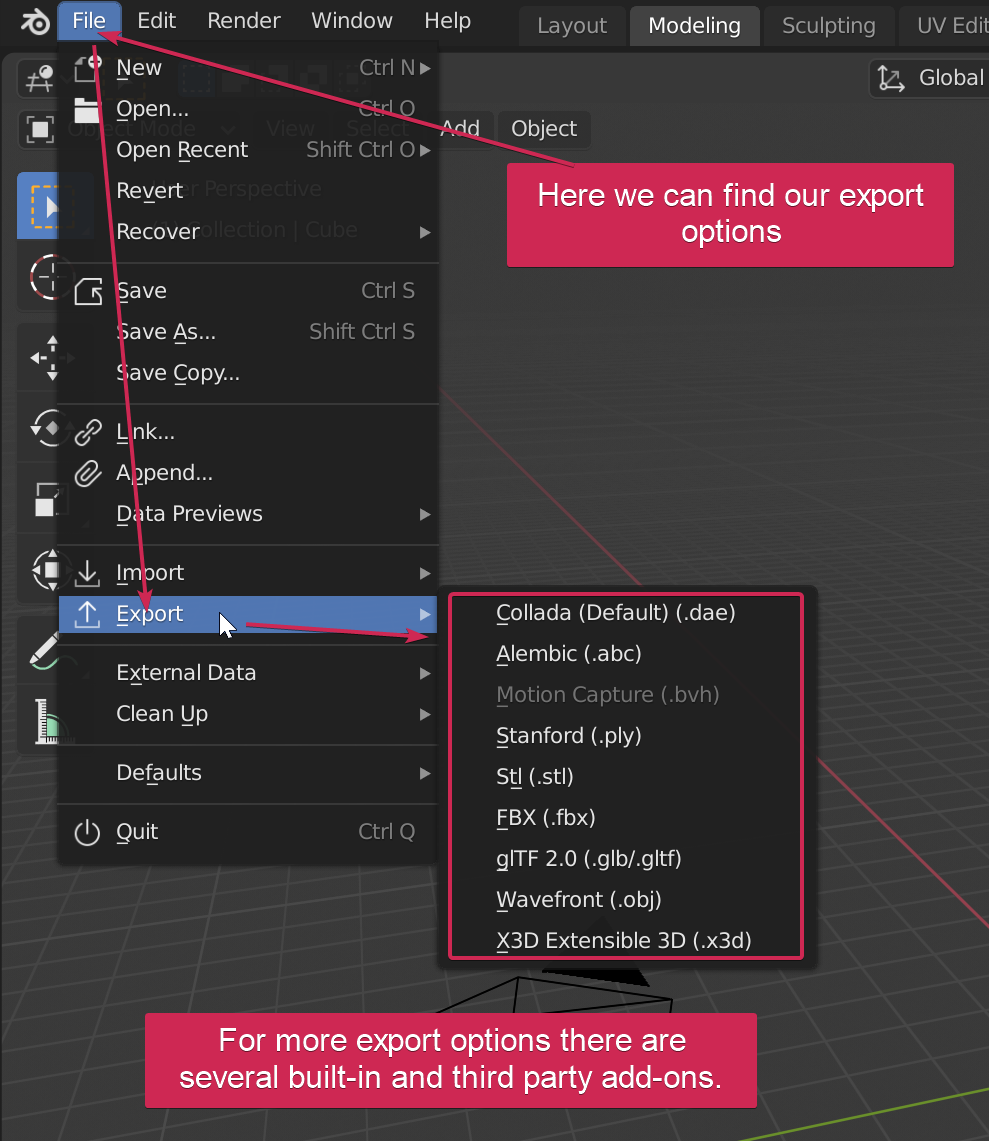

Creates a mult-SubObject material and assigns it to the mesh. Places the available UV map for that element in the first UV tile (U1V1).Ĥ. Assigns a unique material ID for each element (assuming you accept the default settings when attaching each mesh.ģ. Makes each previously separate mesh an element of the new combined meshĢ. To help you understand what you are looking at, it helps to understand that when you attach individual meshes that separately have UV's applied, Max:ġ. To view any objects UV's in Max, apply the Unwrap UVW modifier and open the Editor. fbx by UV unwrapping with the Unwrap UVW modifier (see explanation below). To be honest, I am not sure of all the technical reasons why this is, but in my experience, you will make a relatively "bullet-proof" export. fbx cycle, but Blender and C4D don't handle it correctly. Hi so Max can handle without difficulty collapsed meshes who individually have had just a (Max) UVW Map Box type applied through the export/import. Notice how it distorts differently in C4D than Blender and even the brick texture inside the window is wrong. It seems that it's anything on that X axis. Actually that whole middle section comprising of the 6 windows and the single side window on red brick was just one object with one box UV.

There may have been scaling but certainly no rotation.

But if I import that FBX into Blender I get rotations on some parts.īut once collapsed, I'm not actually sure how to view those UVs.Ģ. If I import the FBX I just exported BACK into 3ds max, it comes in with a multi sub with all the materials and the UVs are fine. and collapse the stack, then attach until there was only one object. All I did was have the various UVS (which were, I believe almost entirely standard box type) per separate object i.e.

I'm not quite sure how to answer this question (and that might be part of the problem?).


 0 kommentar(er)
0 kommentar(er)
